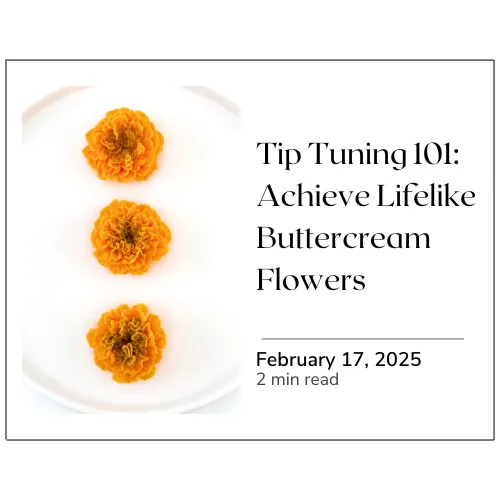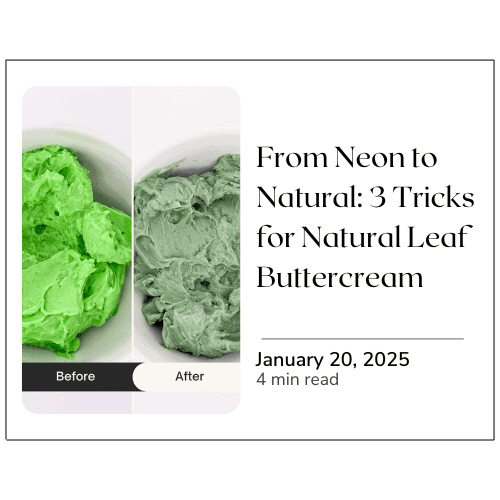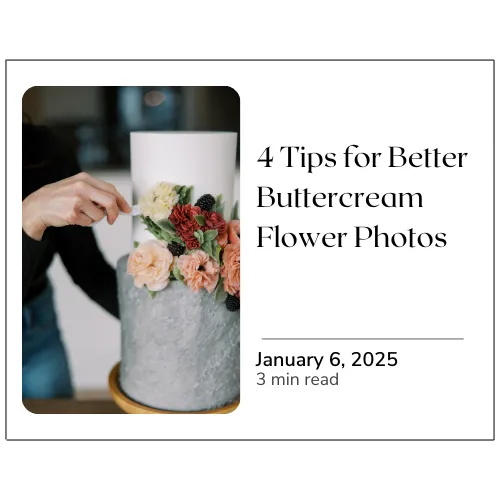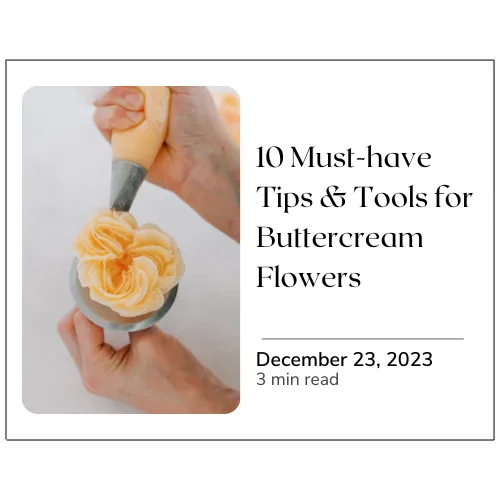The Piped Peony Blog
Tips, tutorials, and inspiration for buttercream artists and bakers

Nov 18, 2025•5 min read
Mastering Tip Tuning: The Key to Realistic Buttercream Flowers
By The Piped Peony Team→

Nov 18, 2025•5 min read
6 Steps to Perfect Buttercream Daisies
By The Piped Peony Team→

Nov 18, 2025•5 min read
From Neon to Natural: 3 Easy Tricks for Perfect Leaf Green Buttercream
By The Piped Peony Team→

Nov 18, 2025•5 min read
4 Tips for Better Buttercream Flower Photos
By The Piped Peony Team→

Nov 18, 2025•3 min read
Top 10 Must-Haves
Top 10 Must-Have Tips and tools for Piping Realistic Buttercream Flowers
By The Piped Peony Team→